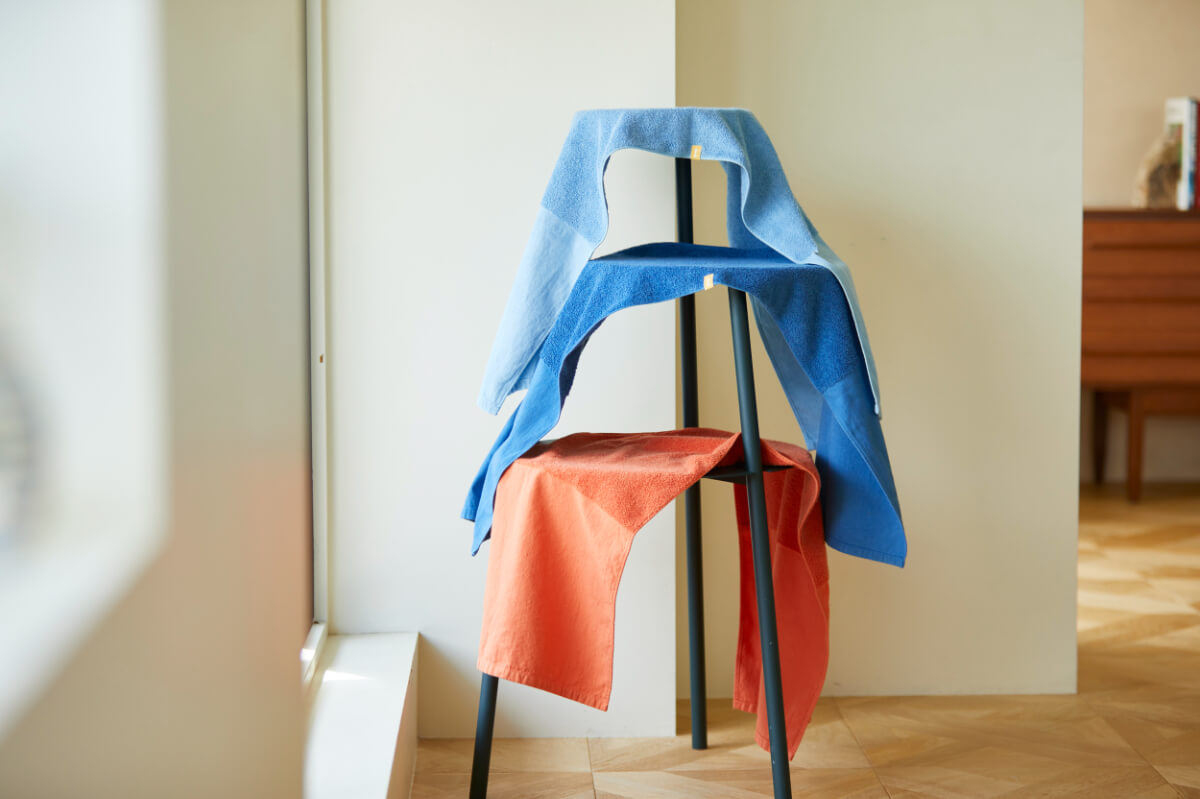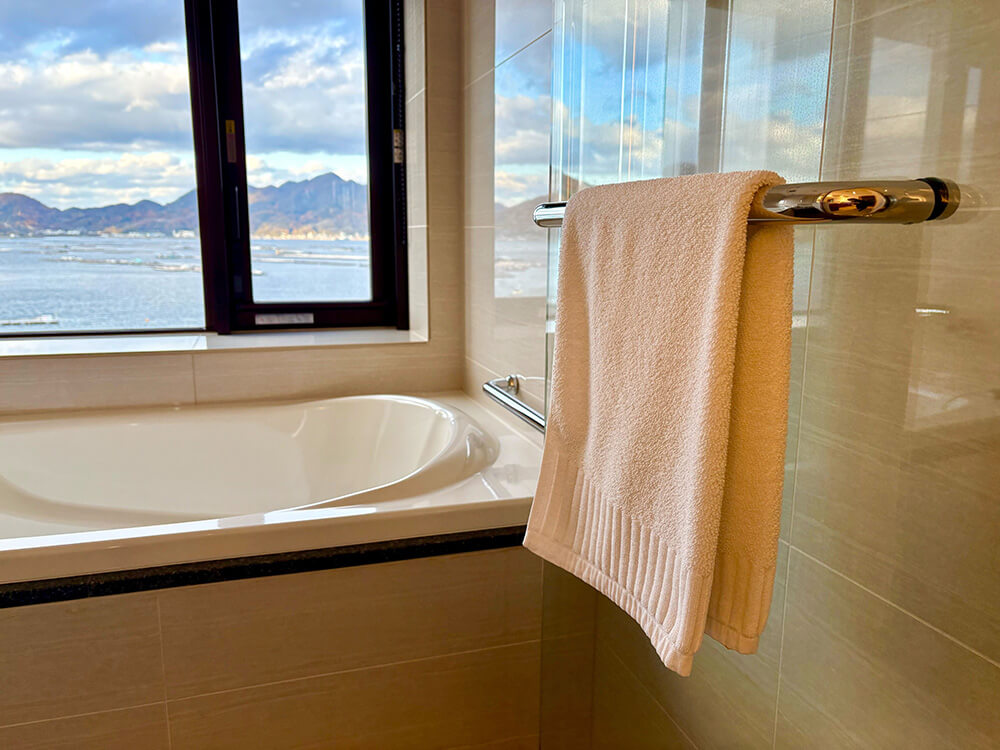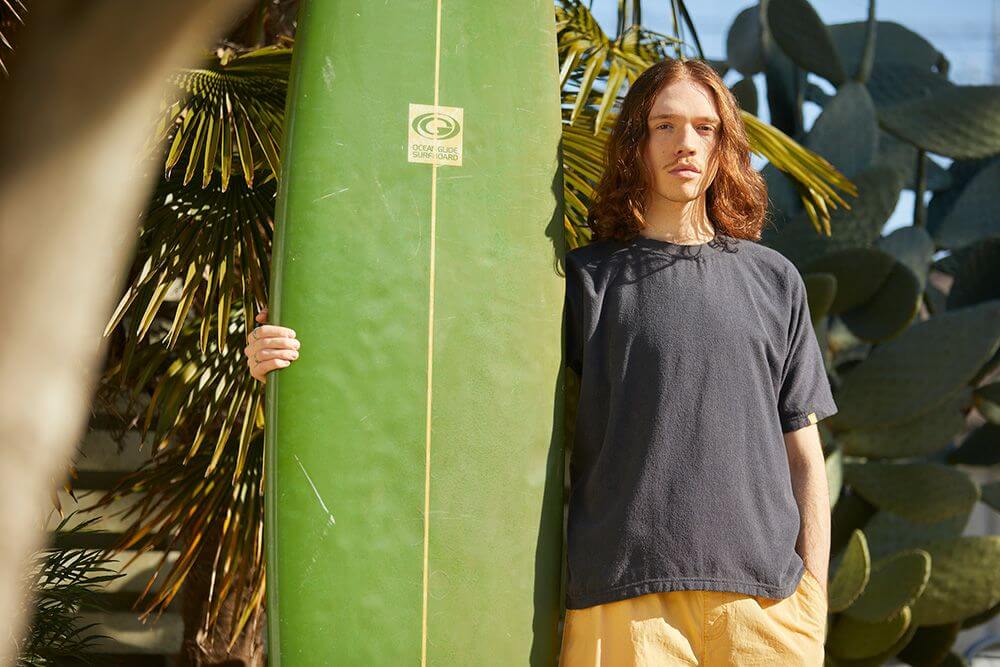タオルのお役立ちコラムやイケウチオーガニックの取り組みをご紹介いたします。
How do we pass on obsolete technologies to the future?
2022.07.15
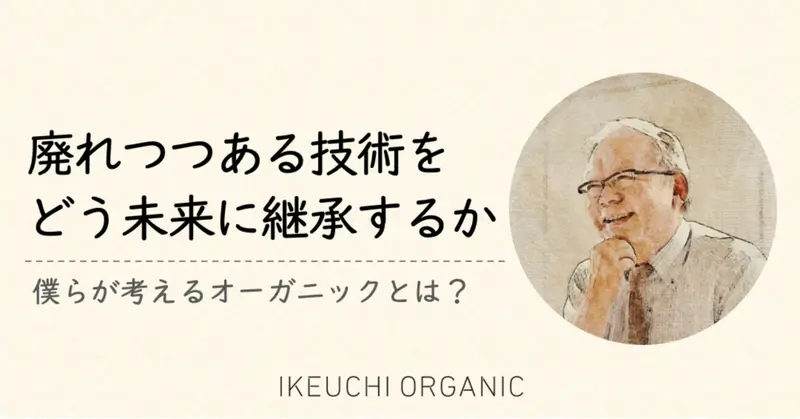
Table of Contents
I am Ikeuchi, the president of IKEUCHI ORGANIC.
Next year, IKEUCHI ORGANIC will celebrate the 70th anniversary of its founding, counting from the Ikeuchi towel era.
I am the second generation to take over the company from my father, the predecessor, and looking back on the long history of the company, there are many different products. Looking back on the company’s long history, there are a variety of products that have been discontinued long ago, but I am thinking of ways to preserve them for future generations.
I myself will be 73 years old this year, and I do not know how many years I have left to be involved in manufacturing. In the past few years, my desire to archive products that are indispensable to the history of Ikeuchi has grown stronger.
Some of these products include techniques that are now becoming obsolete. I feel a sense of mission in this endeavor from the significance of passing on cultivated technologies to the future.
In fact, ” Organic 140 Light,” which was launched this month, is another product that sheds light on technology that is becoming obsolete.
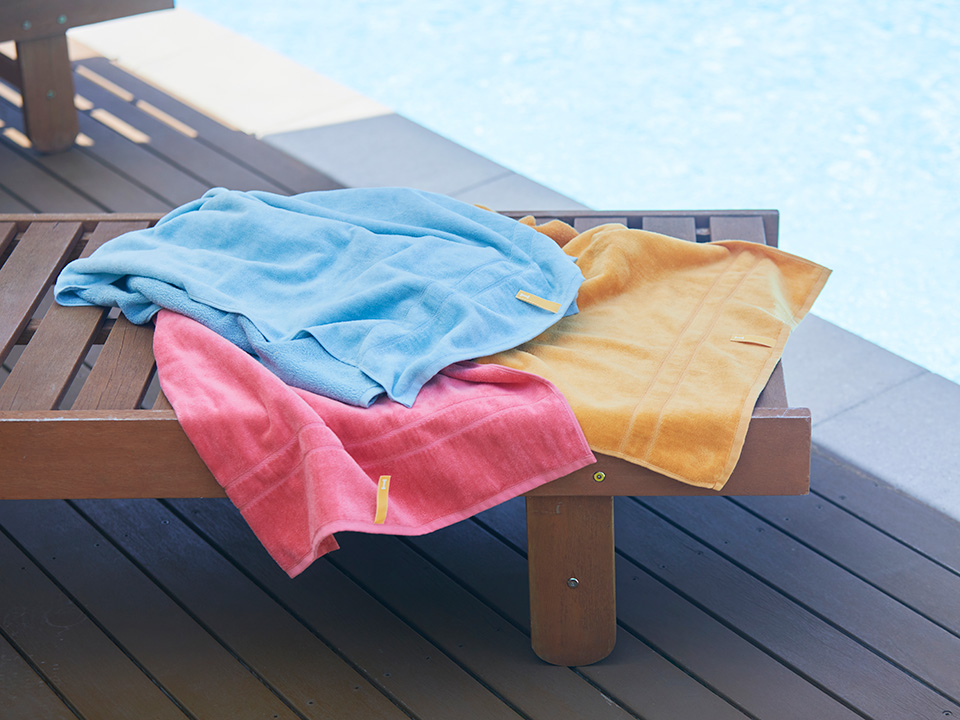
This “Organic 140 Light” uses a technique called “shirring processing.
Most people think of towels as a pile fabric with loops of yarn, and most of the towels sold at IKEUCHI ORGANIC are made of pile fabric on both sides.
In the shirring process, the woven pile fabric is sheared uniformly by a special machine to create a smooth surface with uniform pile. The sheared fabric has a glossy, velvety feel and a different flavor from the pile fabric.
The surface of “Organic 140 Light” is a pile fabric and the reverse side is a shirred fabric, allowing the user to enjoy both textures.
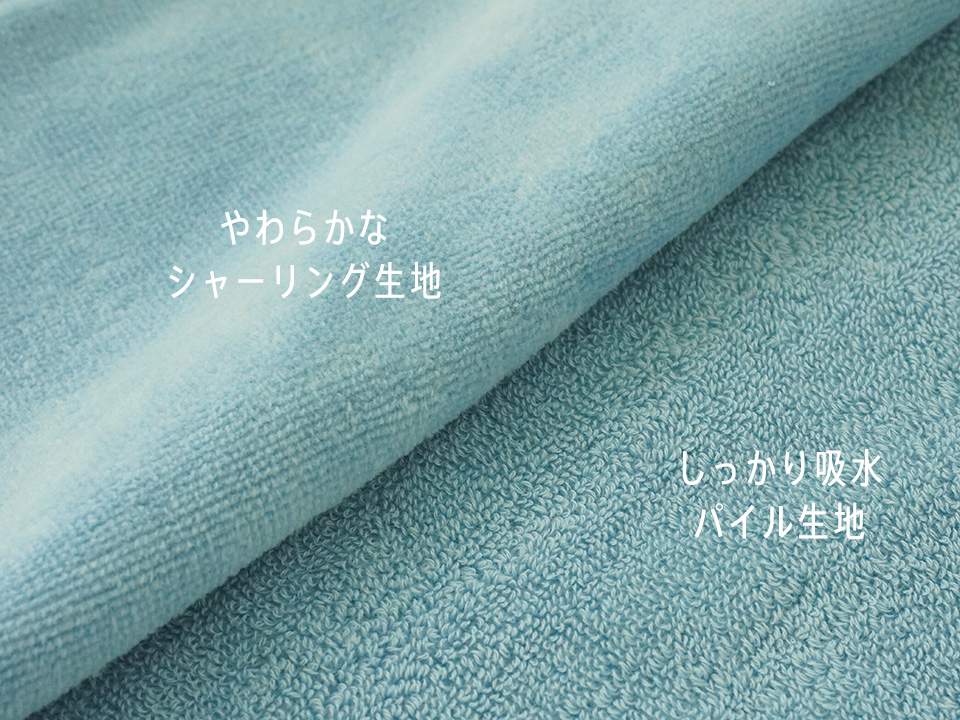
This shirring process was a technology that dominated the market in the late 1970s and 1980s. The smooth surface of the shirred fabric goes well with Jacquard weave, and a wide variety of designs and patterns can be expressed. In Europe and the United States as well, the term “shirring” was synonymous with high-end towels.
However, during the boom, products that were not processed properly became rampant in the market, thinking that cutting the pile fabric would make them shirred. As a result, the perception that shirred towels had poor absorbency became common, and they disappeared in the 1990s.
To begin with, by cutting the pile, the towels become fluffy and spread out, facilitating capillary action that draws in water. Since the ability to draw in water is increased, shirred towels are not inherently inferior in water absorbency. It is whether or not everything is made tightly and diligently.
Can we revive this endangered shearing process somewhere? Can we dispel the negative image that clings to shearing? Such a thought has been in my mind for a long time. This is because, as I mentioned at the beginning of this article, one of Ikeuchi’s products that is indispensable to the history of Ikeuchi is made using the shearling process.
In fact, from the 1970s to the 1980s, Ikeuchi Towel’s main selling technique was the shirring process.
I still remember my wedding in 1975.
I was working in Tokyo at the time, but my father asked me to hold my wedding in Imabari. My father was a caring person, and there were at least 50 couples in Imabari for whom he served as a matchmaker. He felt it would be bad if his own children did not have their weddings in Imabari. Except for our couple’s friends, all of the wedding guests were from towel companies in Imabari.
To my surprise, my father insisted that we also give towels as gifts. Giving towels to a towel company. I thought he was kidding.
What I gave him at that time was a towel with a shirring process. At that time, only Ikeuchi Towel, which mainly exported towels to Europe and the United States, had introduced a shirring-processing machine, and my father confidently said, “We need to show these towels to the towel companies in Imabari.
The shirring process, for which his predecessors sensed the future and supported Ikeuchi Towel’s growth. This time, before the 70th anniversary of the company, it was able to see the light of day again with “Organic 140 Light”.
One of the characteristics of “Organic 140 Light” is its quick-drying performance. The pile is cut by shearing process, so the overall weight is about 20% lighter than the conventional “Organic 140”. Because of this, it dries much faster.
Incomplete drying leads to damage to the towels, causing them to dry fresh and develop odors. Wash daily, dry daily, use daily. It was at the beginning of last year when I was thinking about how to make such towels, and the idea of shearing process came to my mind.
While testing the shirring process on various IKEUCHI ORGANIC towels, “Organic 140 Light” seemed to fit the best. After using the prototype myself every day for the past year, I became convinced that the concept of “washable, dryable, and usable every day” had been realized, and I decided to market the product.
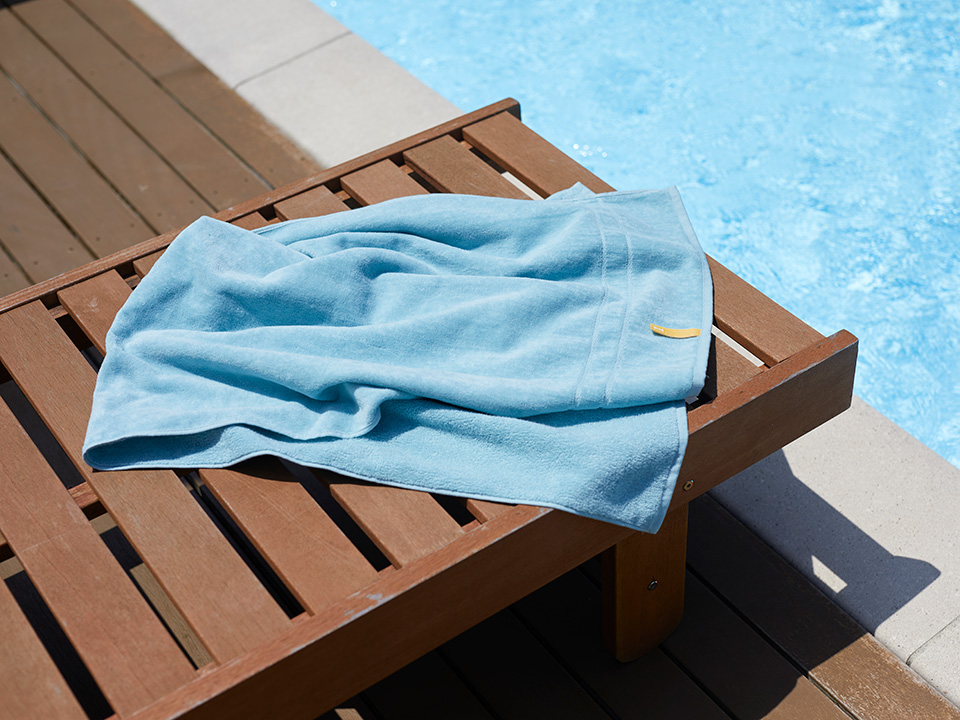
Some of our customers may ask, “What is the meaning of IKEUCHI ORGANIC, a company that puts quality first, selling shearling towels? Some of our customers may wonder, “How is it that IKEUCHI ORGANIC, a company that puts quality first, is now selling sheared towels? But don’t worry. The towels are soft to the touch, absorbent, and dry well, which is typical of IKEUCHI.
How can we revive a technique that has fallen into disuse over the course of history, while adapting it to today’s needs? And how can we pass on these techniques to the future?
As someone who has been involved in manufacturing for many years, I would like to keep this perspective in mind as I continue to take on new challenges.
<Editorial cooperation: Keiji Ide
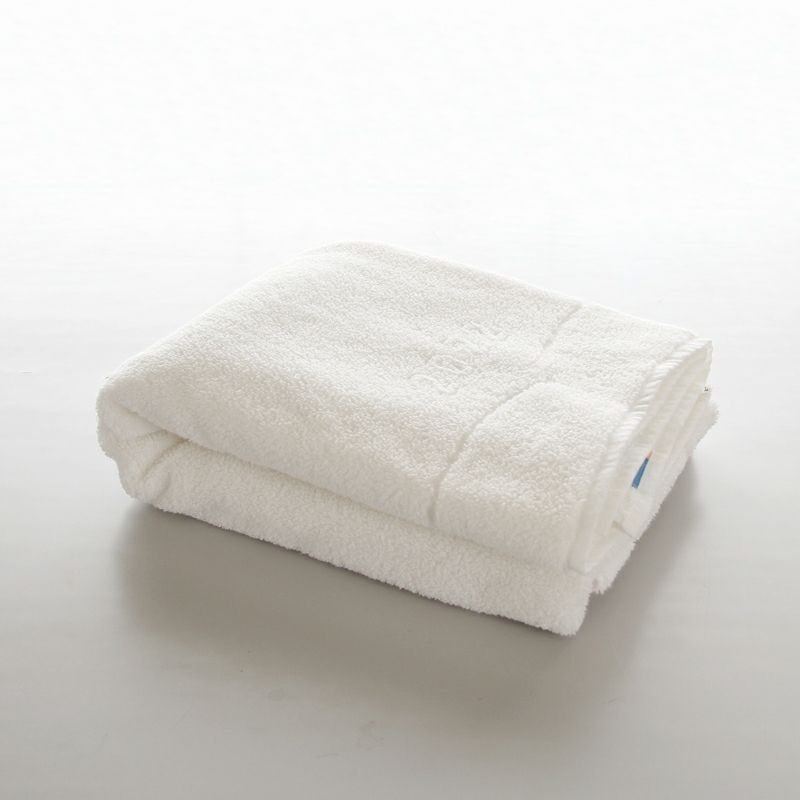
Article written by
イケウチオーガニック


